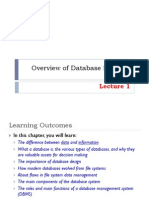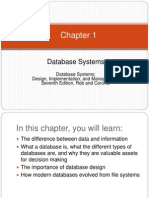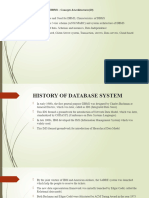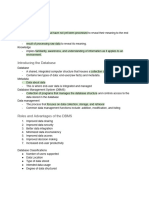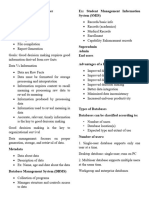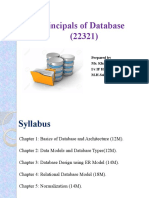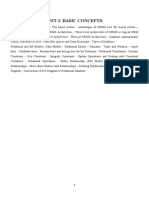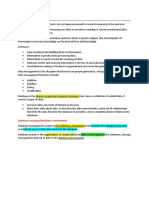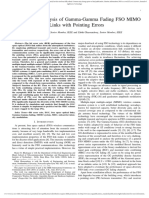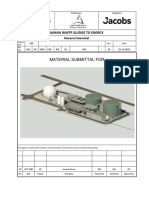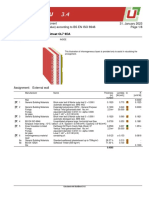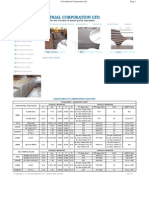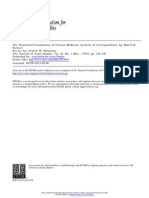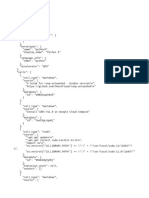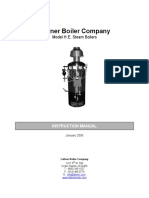0% found this document useful (0 votes)
41 views42 pagesChapter - 01 Database Systems Final
database final summary
Uploaded by
RitxCopyright
© © All Rights Reserved
We take content rights seriously. If you suspect this is your content, claim it here.
Available Formats
Download as PDF, TXT or read online on Scribd
0% found this document useful (0 votes)
41 views42 pagesChapter - 01 Database Systems Final
database final summary
Uploaded by
RitxCopyright
© © All Rights Reserved
We take content rights seriously. If you suspect this is your content, claim it here.
Available Formats
Download as PDF, TXT or read online on Scribd
/ 42








